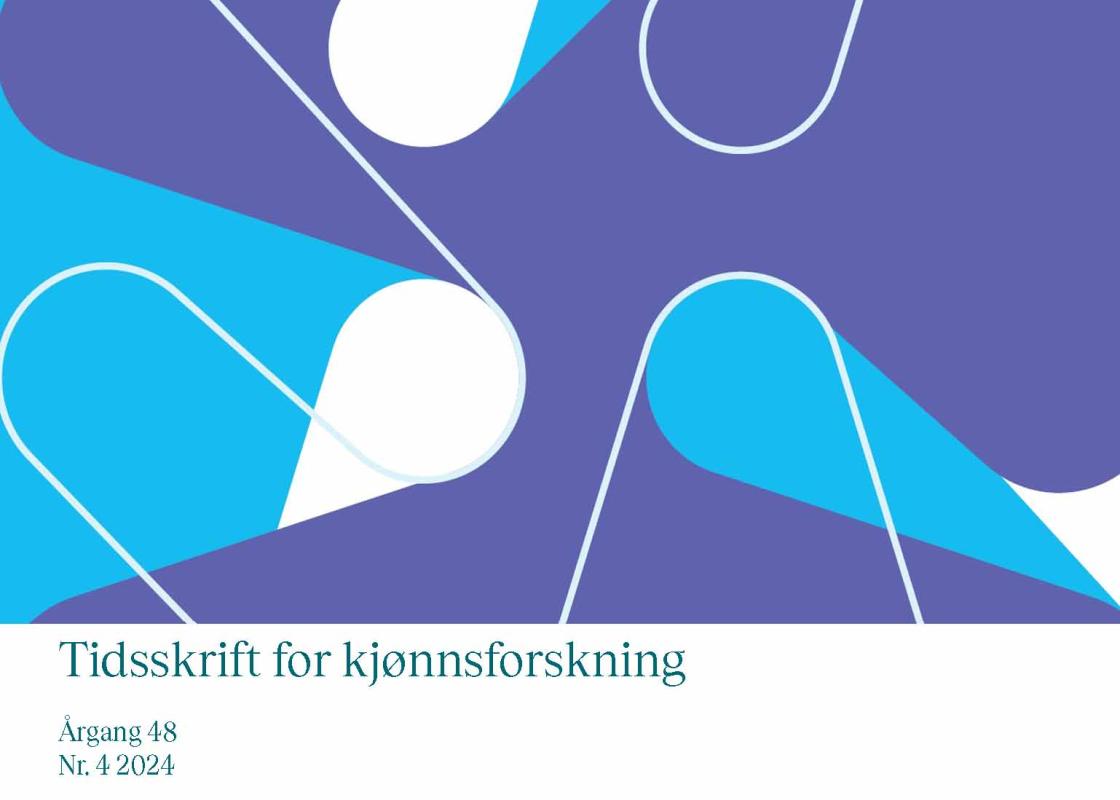
Abstract
(Denne artikkelen er kun utgitt på engelsk)
The concept of queer temporality is explored in queer studies as a possibility for engaging with time in other ways than the straight time framework, which is anchored in a heteronormativity idea of personal progress, encompassing conjugal matrimony, reproduction and monetary inheritance. Inspired by Carla Freccero’s perspective of queer spectrality (2006), this article aims to investigate how some autobiographical films invite the spectator to glimpse into ways of experiencing queer temporalities in audiovisual narratives, where past, present and future may coincide. Specifically, I analyze the use of audiovisual disjunction as a cinematic technique that manifests a sense of asynchronicity and being “out of joint.” In this regard, I do a parallel reading of two autobiographical films directed by gay filmmakers: Blue (1993), by Derek Jarman, and The Terence Davies Trilogy (1983), by Terence Davies. Hence, this article aims to elucidate the use of soundtracks in these films as kinesthetic devices, enabling the audience to momentarily perceive queer temporalities through auditory experiences.
Keywords: queer temporality, queer cinema, audiovisual disjunction, sound of cinema
Read the full article on Idunn.no: https://www.idunn.no/doi/10.18261/tfk.48.4.3
This is an Open Access article distributed under the terms Creative Commons CC-BY-NC 4.0


